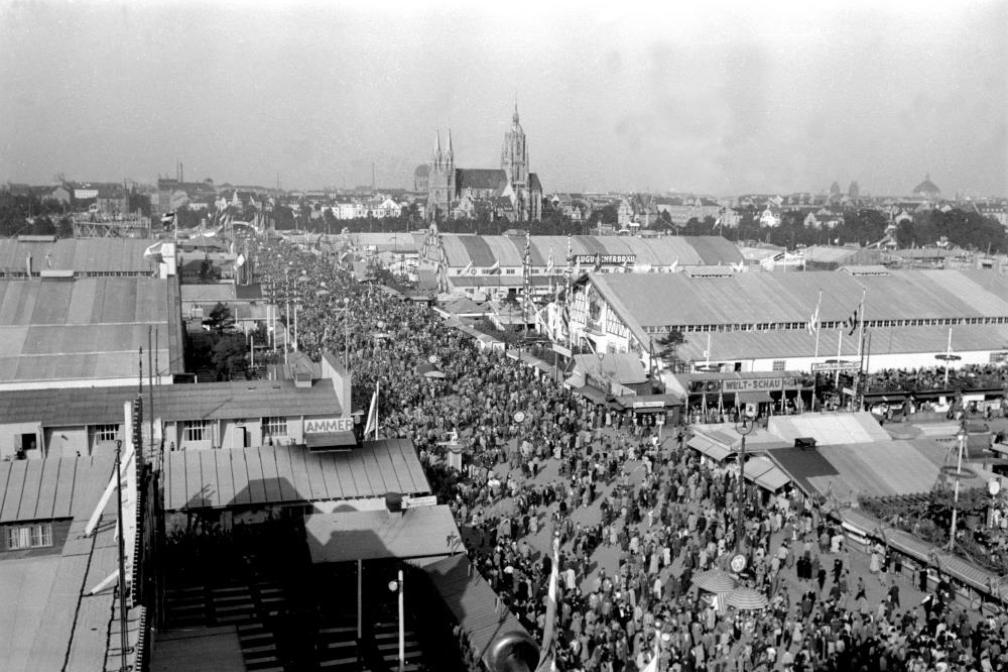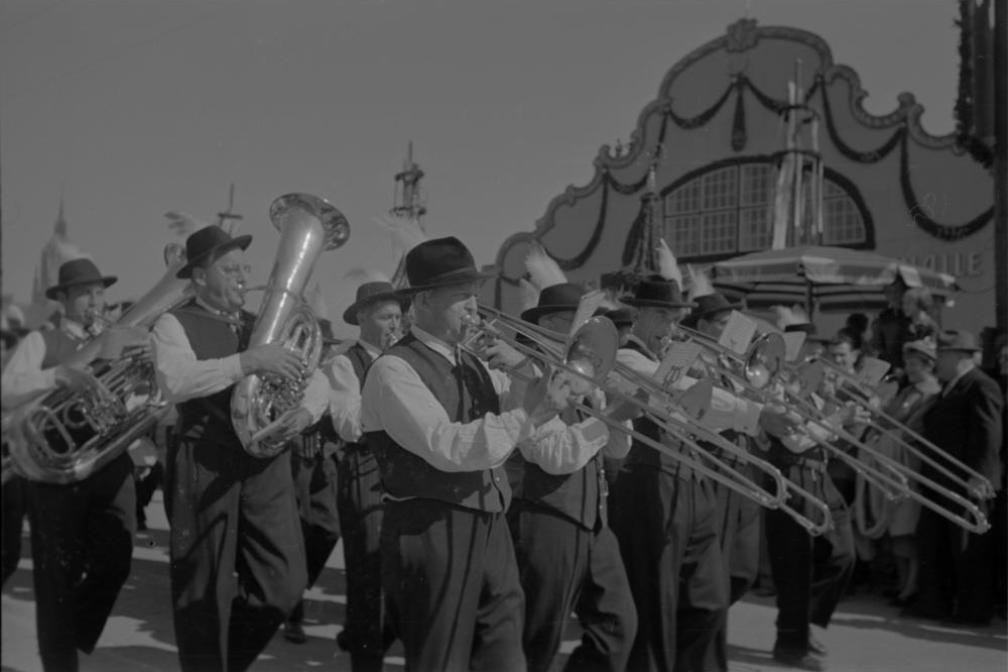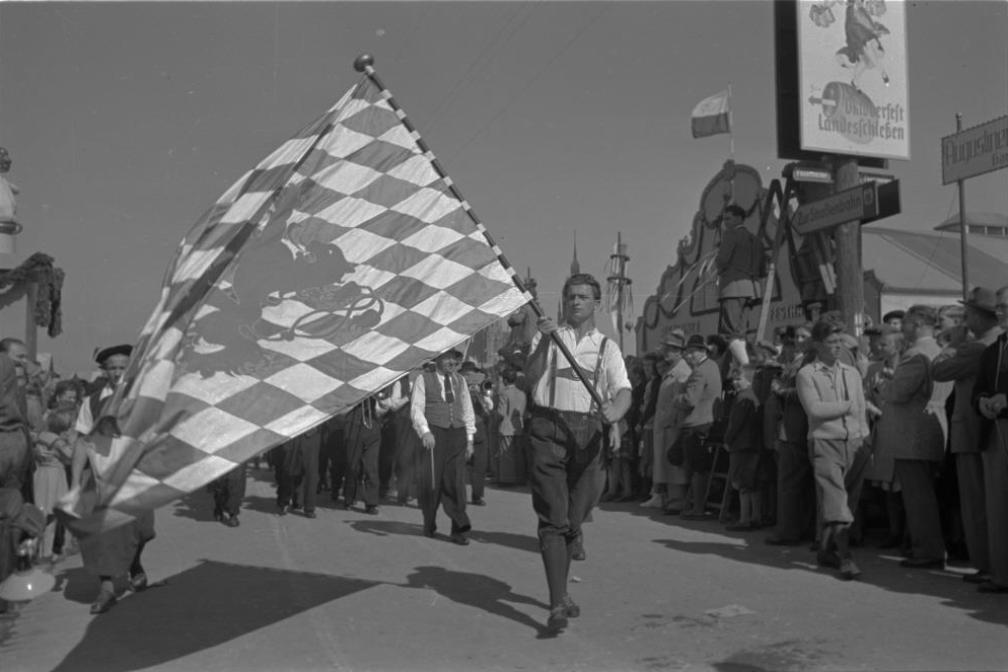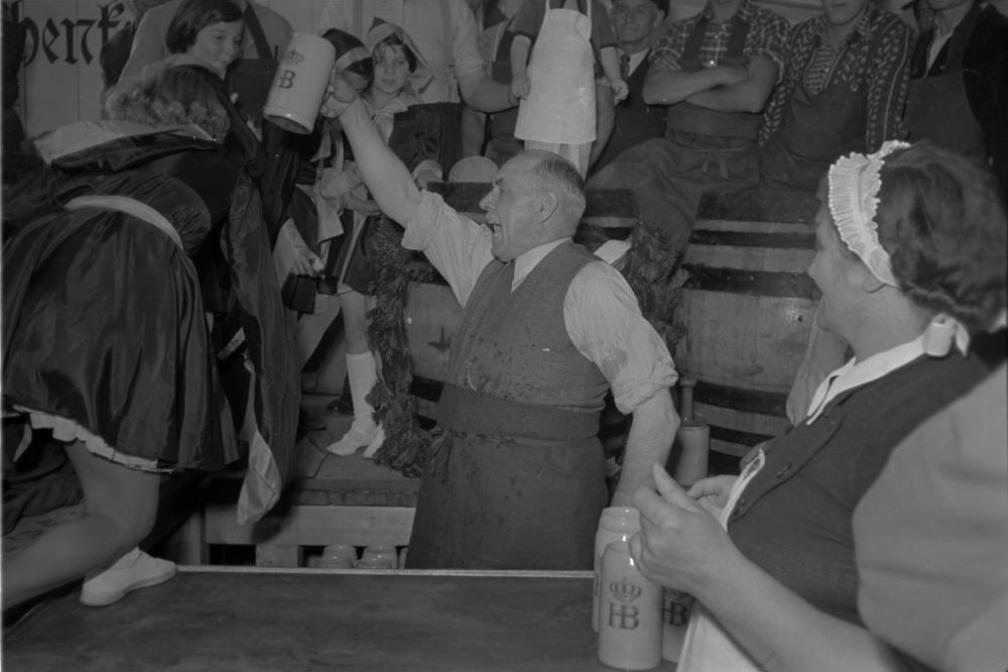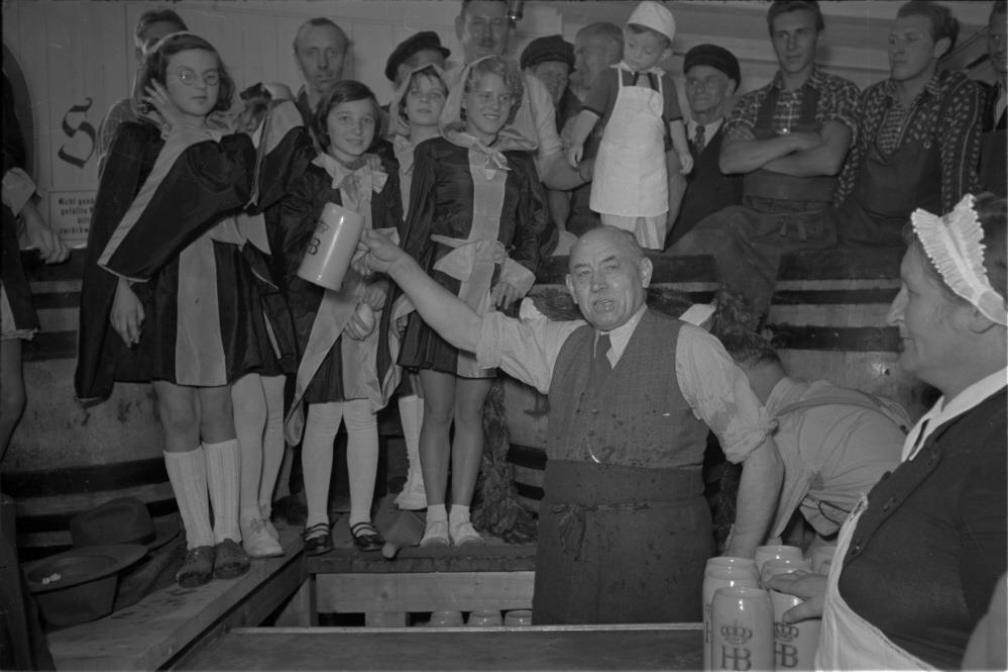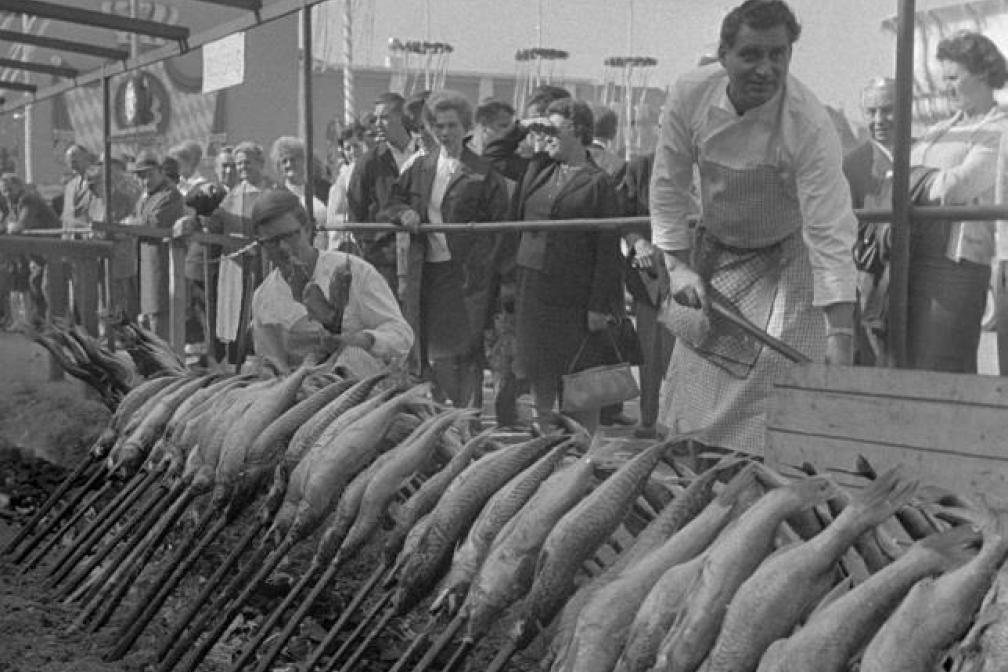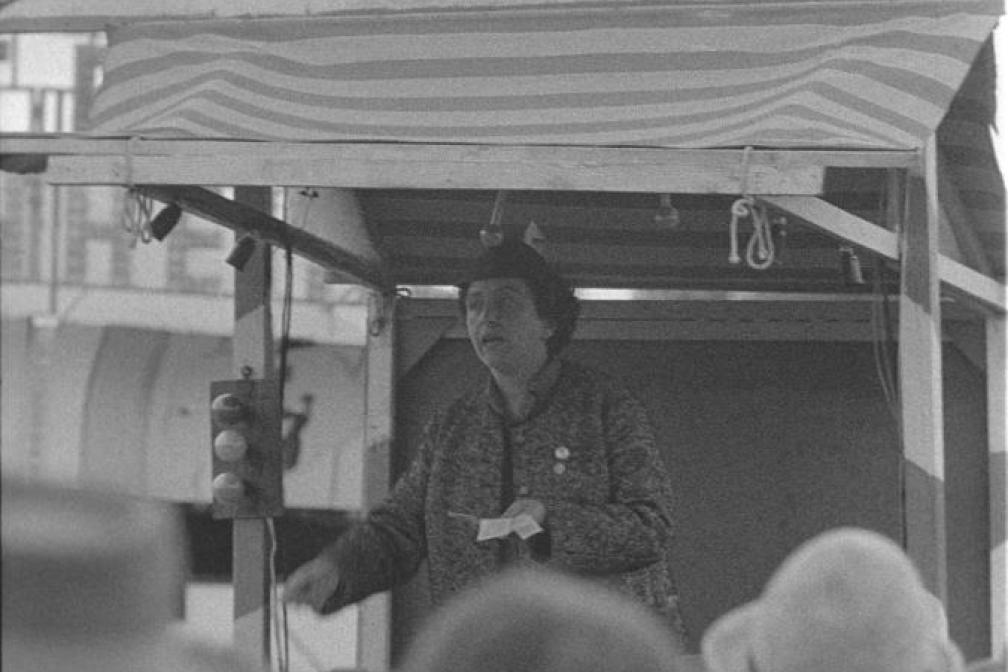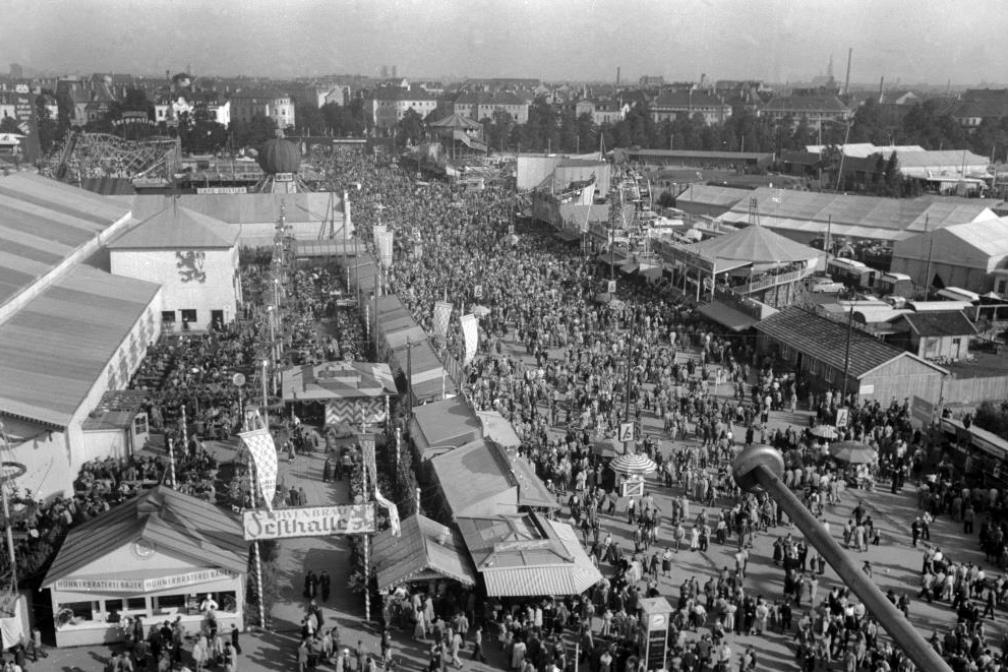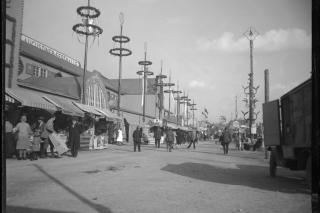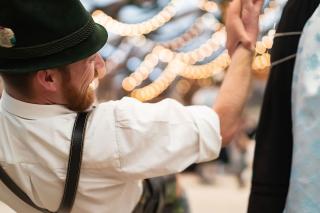A journey through the history of the Wiesn
It’s the world’s largest folk festival — and the most popular. Every year, Oktoberfest attracts millions of visitors. Once an Oktoberfest goer, always an Oktoberfest goer. But yet very few of us know how it all began or even who we have to thank for Oktoberfest as it is known today. It’s time to change that.
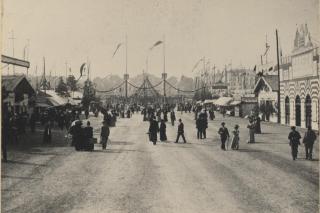
The first Oktoberfest: horse racing for a royal wedding
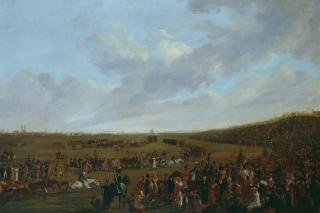
In the beer tents at the Oktoberfest, the principle still applies today: the customer is king. Nevertheless, it is thanks to a middle-class officer that around six million visitors come together so comfortably every year. Andreas Michael Dall'Armi, a member of the Bavarian National Guard, had the idea of celebrating the wedding of Prince Regent Ludwig of Bavaria, later King Ludwig I, and Princess Therese of Saxe-Hildburghausen in a different way: with a big horse race. The banker and cavalry major submitted his proposal to King Max I Joseph of Bavaria, who was immediately impressed.
The wedding took place on October 12, 1810 and the official festivities lasted five days. The celebrations in the city center, which were already referred to as a "folk festival" at the time, ended on October 17 with a horse race on a meadow outside the gates of Munich. Children dressed in Bavarian folk costumes paid homage to the royal family with poems, flowers and fruits of the land. The festival meadow was christened "Theresens-Wiese" in honor of the bride. This is still the name of the Oktoberfest site today: "Theresienwiese" - or "the Wiesn" for short in Munich parlance.
Even though there were no beer tents or fairground rides on the Wiesn at the time, this was the birth of the Oktoberfest. Andreas Michael Dall'Armi received the city of Munich's first gold citizens' medal for the "invention" of the Oktoberfest in 1824. His grave can be found in the Old Southern Cemetery and a street in the Neuhausen-Nymphenburg district was named after him.
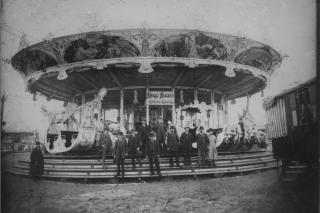
1819: Oktoberfest becomes top priority
In 1810, a year after the wedding celebrations, everyone was in agreement: We want more! Without the royal wedding, the festival naturally needed a new organizer and that became the ‘Landwirtschaftlicher Verein in Bayern’ [Bavarian agricultural association]. The newfound festivities created the perfect opportunity for the association to shine a spotlight on their own wares. As was notorious at the time, one big historical event followed after the other, which is why by 1813 the newly established Oktoberfest already had to be cancelled for the first time on account of the Napoleonic wars. After the war, Oktoberfest was financed privately until the city’s forefathers made the event a top priority in 1819. Even in the uppermost circles, the news had arrived that the Oktoberfest was guaranteed to draw a crowd, and that it would generate a wealth of revenue and should therefore be celebrated annually.
Oktoberfest in the 19th century: Bavaria, milestones and challenging years
In 1850, there was another event that was really worth celebrating: The statue of Bavaria, guardian of Oktoberfest and symbolic figure of Bavaria state, was unveiled and dedicated a place in the hall of fame. But this historical highlight gave way to some challenging years.
War and cholera provided many things, but festival spirit was not one of them. It was another couple of decades until the time came for the Oktoberfest institution as we now know it. In 1881, the first roasted chicken outlet opened and traditional chicken continues to be served to hungry Oktoberfest visitors to this day. In the late 19th century, Oktoberfest continued to develop into the festival we now know it. Booths and carousels with electrical lighting appeared, performers came, and due to increased demand the breweries set up huge beer tents with musicians, instead of the usual small beer stalls.
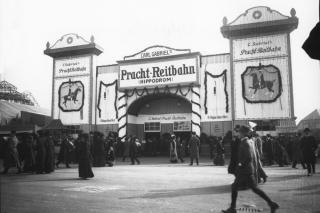
Showmen have been at the Wiesn since 1818
The other part of the festival grounds is dominated by the showmen's businesses.The first carousel and two swings were set up in 1818 - a modest range of general amusements during the first decades. In the 1880s, the German fairground and carousel industry began to flourish. This laid the foundations for the Wiesn as we know it today: a wide range of rides, amusements, show booths and much more to delight young and old alike.
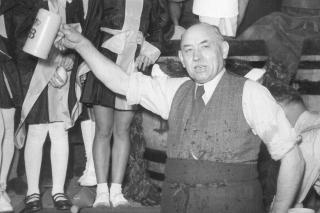
The Oktoberfest in the 20th century: An up and down
It still took a while from the historic Oktoberfest to the event as we know it today. For the 100th anniversary of the Oktoberfest , in 1910, 12,000 hectoliters of beer were served in the Pschorr-Bräurosl, the largest festival tent at the time with 12,000 seats. Every year, new and increasingly exciting rides were added to the Oktoberfest .
In the first half of the 20th century, due to the two world wars and economic crises, the Oktoberfest was cancelled several times or had to be held as a smaller autumn festival. After World War II, the once obligatory horse race only takes place in the anniversary years of 1960 and 2010.
In 1950, Munich's mayor Thomas Wimmer tapped the first beer barrel at the Schottenhamel for the first time. And at the same time sets a not very flattering eternal record: With 17 shots, it is not only the first, but also the worst tapping in Wiesn history.Since then, it has been a tradition that the Oktoberfest tapping is done by the Lord Mayor. The famous words "O'zapft is" now have cult status. Since 1980, the incumbent Bavarian Minister-President has been presented with the first pint of beer.
On September 26, 1980, a bomb exploded at the main entrance to the Oktoberfest, killing 13 people and injuring over 200 visitors. Among the victims was the assassin Gundolf Köhler himself. The Oktoberfest attack is considered one of the worst attacks in German history. Investigations into the case were reopened in 2014
The assassination attempt of September 26, 1980
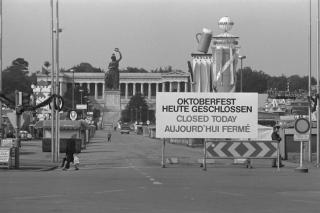
On September 26, 1980, a bomb exploded at the main entrance, killing 13 people and injuring over 200 visitors. Among the victims was the assassin himself, Gundolf Köhler. The Oktoberfest bombing is considered one of the worst attacks in German history. The investigation into the case was reopened between 2014 and 2020 and concluded that it was an act of right-wing extremist terrorism aimed at decisively influencing the 1980 federal election.
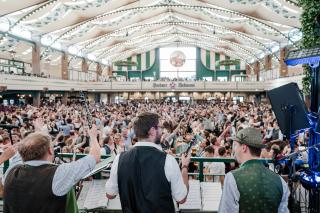
O’zapft is, brass band music, Oide Wiesn: that’s how we celebrate today
Today, the Oktoberfest is the world’s largest folk festival and it draws around six million visitors annually. Each year, it continues to break new records from the quantity of beer consumed through to the amount of chicken devoured. In 2005, a ‘quiet Oktoberfest’ was introduced to make the world’s largest folk festival more attractive to families. Business owners are only allowed to play party music after 6 p.m. and can only play Bavarian brass band music prior to that time.
The history of Oktoberfest also continues to be reborn in the most wonderful ways. In 2010, to mark the 200th anniversary, in addition to the ‘regular’ Oktoberfest, a historical festival took place in the south part of Theresienwiese which was to remind festival-goers of the festival’s history. In addition to a family-friendly program, a wealth of cultural activities and horseracing, from which the festival originated, were on offer. The ‘Oide Wiesn’ was so successful that it has taken place every year since — the inhabitants of Munich in particular immediately fell in love with their ‘Oide’. It only takes a year off if the Bavarian agricultural fair, which takes place every four years, happens to be on at the same time.
